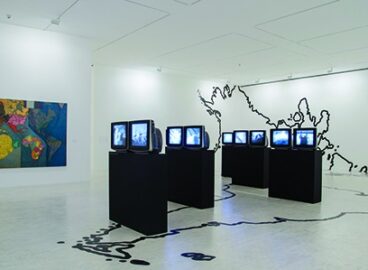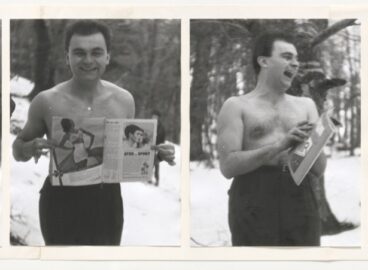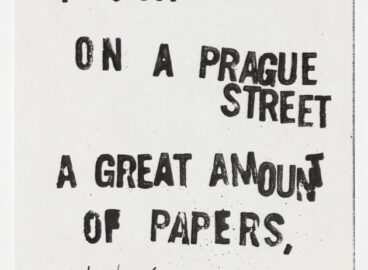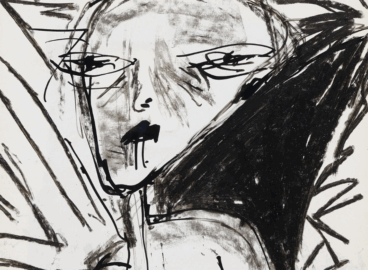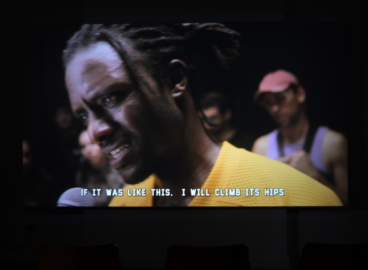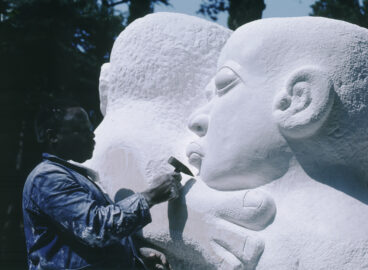Professor at the Lithuanian Conservatory of Music in Vilnius and scholar of the early 20th-century composer and painter Mikalojus Konstantinas Čiurlionis, Vytautas Landsbergis connected with the international Fluxus community in the 1960s via his childhood friend George Maciunas. As a result, he corresponded also with Ken Friedman in California and Mieko Shiomi in Tokyo, and organized the first Fluxus Event in the USSR in 1966.
In this interview conducted during the C-MAP Fluxus group research trip to Vilnius in May 2012, Landsbergis – now a prominent Lithuanian politician and a member of European Parliament – speaks about his attraction to Fluxus as a mean to freer and more inventive thinking.
